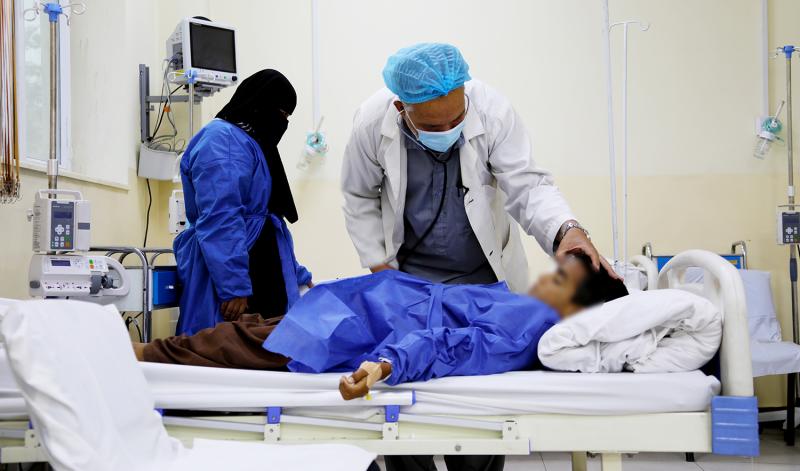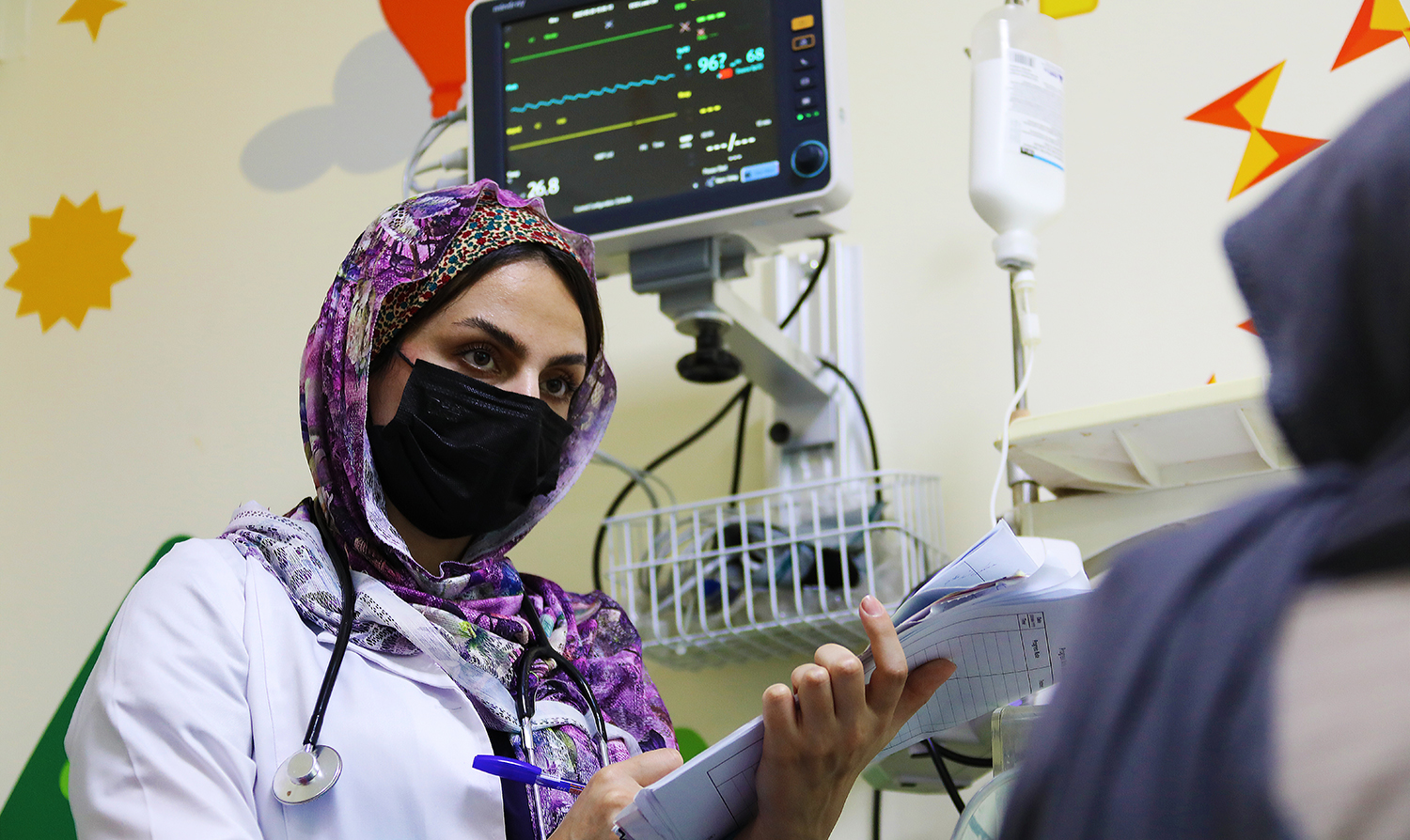

Afghanistan faces a significant shortage of high-quality and professional children's hospitals, which compromises the healthcare accessibility for children.
This gap in healthcare infrastructure exacerbates the challenges in a country already struggling with economic constraints and political instability, leaving its future generations at risk.
Through STFA’s Joint Sectoral Programme supporting Ataturk National Children’s Hospital, STFA provided major support improving its capacities including infrastructure through three UN organizations including UNDP, UNFPA and WHO.
Mr. Mohammad, a software engineer and father of the patient, recounts his experience.
“My son Ahmad was a very active 4-year-old at that time. Suddenly, he developed a fever and started losing weight. As his fever failed to settle, we took him to several doctors and many hospitals in Kabul, but no one could diagnose him correctly for three months. The unknown sickness kept weakening my son and we felt utterly helpless. Finally, at the recommendation of our relatives, we took him to the Ataturk National Children’s Hospital in Kabul for further diagnosis and investigation.
As a father, it is difficult to describe the feeling when you are holding your child, trying to memorize their smile, and not knowing the next time you will see it. My son, despite being so little, understood he was ill and was going to a hospital. He was little but brave. When we arrived at Ataturk hospital, a group of specialists jointly started the checkup process systematically including laboratory tests, imaging, and other required examination inside the hospital.

I was amazed upon observing the hospital transformation compared to four years ago. It was very clean, and the staff were wearing beautiful uniform while tending to my son with modern equipment for diagnosis and well equipped in different wards including digital x-ray and functionalized ICU. They decided to seek treatment of my son as soon as possible and discussed options with doctors and our family. I was told that my son would get better through systematic follow up and treatment inside the hospital.
The moment we walked through the doors of the Ataturk hospital, our hearts were filled with calm and a great sense of faith. This was clearly not an ordinary place. It was only the National Tertiary and Specialty Children Hospital in the capital Kabul that were serving and saving poor patients free of charge and the impossible dream had been turned into a reality. I no longer needed to worry because the Hospital would ensure that my son got all the standard treatment he needed.
My son’s active treatment lasted for nearly three weeks and the clinical staff was always there for us, helping us to stay strong for our son. This was indeed a very difficult period for us, but we held on to our faith and prayed to God. Gradually, we started seeing the positive impact of treatment.
We are very relieved when Ahmad was admitted in Ataturk National Tertiary and Specialty Children Hospital and accepted for treatment, free of cost and the hospital took care of him using the best available treatment just as a parent takes care of his child and were treated completely. Therefore, the maintenance of such standardized services highly recommended to be technically and financially supported by the international organizations and donors in the future.”